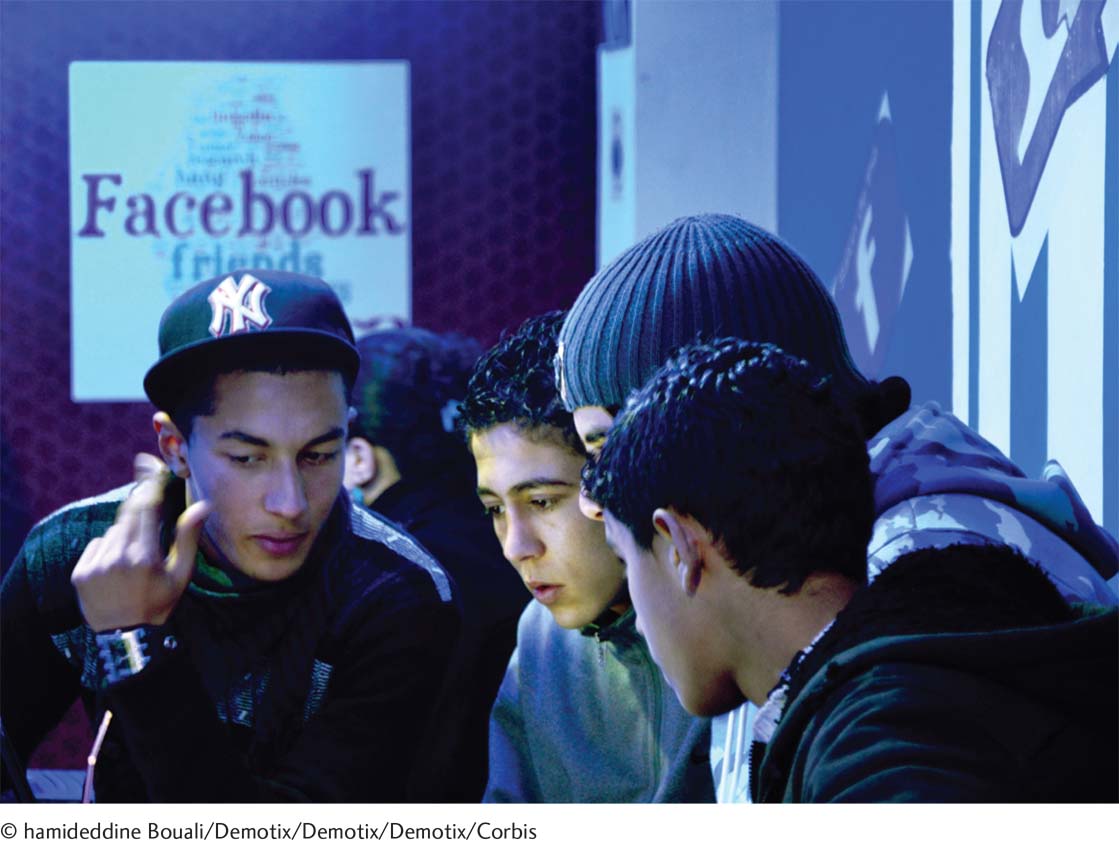Chapter 14 Introduction
CHAPTER 14
Regression
Prediction versus Relation
Regression with z Scores
Determining the Regression Equation
The Standardized Regression Coefficient and Hypothesis Testing with Regression
Regression and Error
Applying the Lessons of Correlation to Regression
Regression to the Mean
Proportionate Reduction in Error
Understanding the Equation
Multiple Regression in Everyday Life
BEFORE YOU GO ON
You should understand the six steps of hypothesis testing (Chapter 7).
You should understand the concept of effect size (Chapter 8).
You should understand the concept of correlation (Chapter 13).
You should be able to explain the limitations of correlation (Chapter 13).

In 2004, college student Mark Zuckerberg created the social networking site Facebook, which soon exploded in popularity across college campuses. By 2012, Facebook had raised $16 billion in a public stock offering. As of 2015, it has more than 1.4 billion users. As Facebook use ballooned, researchers at Michigan State University (MSU) (Ellison, Steinfeld, & Lampe, 2007) wanted to understand what college students were getting out of their Facebook relationships—
One type of social capital the researchers studied was “bridging” social capital: the loose social connections we think of as acquaintances rather than friends. The researchers hypothesized that greater use of Facebook would predict more bridging social capital. They measured bridging social capital by asking students to rate several items, such as “I feel I am part of the MSU community” and “At MSU, I come into contact with new people all the time.”
Obviously, the amount of time spent on Facebook is only one of many influences that determine how much social capital students get from Facebook. Clear answers to the research question are probably complicated by many different factors such as shyness, gender, and quality of Internet connections. The MSU Facebook study had to control for the influence of many variables, but the data still supported the researcher’s hypothesis: the more students used Facebook, the higher they tended to score on a measure of social capital. But how did the researchers isolate the effect of time on Facebook from other variables?
The analytical methods we learn in this chapter build on correlation to help us to create prediction tools. We begin by learning how to use just one scale variable to predict the outcome on a second scale variable. Then we discuss the limitations of this method—